Sometimes it happens that what was supposed to be a summer vacation turns into an autumn vacation, and what was supposed to be Southern Italy turns into- Central Italy, or Umbria to be more precise. Almost two years ago now, we had a hectic summer and our plan to spend a week in Sicily in the height of summer didn't quite work out (it did, however, work out last summer and you can read all about it here and here). Since our trip was postponed to October, I already switched to autumn mood- longing for hearty meals, countryside, hills (hilltop towns of course), maybe a lake... beaches would have to wait till next summer. And so we ended up booking a trip to Umbria... an Italian region I fell in love with even before visiting it, thanks to Andrew Graham Dixon's and Giorgio Locatelli's series Italy Unpacked, about which I raved so many times before on this blog. If I had to be honest, we were following in their footsteps (initially I accidentally typed "foodsteps", which is also quite true) already in Puglia, Basilicata, and Sicily, and never had one complaint.
Now if you have been traveling to Tuscany or reading either one of Frances Mayes's Tuscany-themed books, you probably know that the town of Cortona is actually in Tuscany, not Umbria as my headline might be suggesting. But since we were spending the first two nights of our Umbrian road trip by the Lake Trasimeno, we simply had to stop in Cortona, a town so close that you can see the lake from its southern slopes. I have to be honest again and admit that I have read Mayes's books several times, taking notes on interesting places to visit (and there have been quite a few), at the same time daydreaming about life in the Italian countryside and all the delicious food I'd cook and eat there. I know her books might not be everyone's cup of tea, as that kind of lifestyle is inaccessible to many (most!), but I just love reading about Italy, and one can always dream of spending her weekends browsing antique fairs and enjoying countryside feasts, right?
Anyhow, we had one afternoon in Cortona that was just about enough for a walk, a lunch, a little bit of window shopping and people watching, with stops along the way to soak in the views and to take photos, clearly. We parked our car on a steep street leading to Santa Maria Nuova Church, a bit out of the center of the town (but with Italian hilltop towns, once you're up there, you can never be too far). We entered the old center through Porta Colonia Gate and the first thing we noticed was the smell of the porcini mushrooms, coming out from every trattoria, luring you in even before you started sightseeing. And who are we to resist a succulent, earthy smell of autumnal cooking? We entered the first trattoria where we saw locals eating (always a good sign), that looked rustic and that had porcini displayed in the window. My tagliatelle were delicious- juicy and fragrant, Luka's tortellini a little less, but two cups of red wine later, on our first day of Italian road trip- we were happy.
After the lunch, we took a walk, first to the Piazza del Duomo with its simple Romanesque facade of the cathedral, and a beautiful view of the Cimitero della Misericordia cemetery down in the valley and the surrounding hills. Walking the streets of Cortona gave me the sensation of walking in a town by the sea- when you look down the street, or in between the houses, there is an unobstructed view, a street looking into the sky or the landscape in the distance, quite beautiful. We circled around a bit, peeking into little side streets, before getting to Piazza della Repubblica. There, a giant staircase in front of Palazzo Comunale attracted a group of tourists (I think), soaking in the afternoon sun and atmosphere of the medieval square. The Frutta e Verdura shop that Frances Mayes mentions in her books was still there. Down the Via Nazionale, we stop at shops selling perfumed Tuscan soaps, packed in colorful, flowery paper; we marvel at the antique glass sets in the window of an antique shop; we lurk into a stuck-in-time barber shop; we take photos of faded facades, beautiful doors and shadowy passages.
At the end of the Via Nazionale, a view opens, of the Trasimeno lake and a plain where the invisible line between Tuscany and Umbria lays. It's a patchwork of moss green, dark green and brown, with orange rooftops, pointy cypresses and a blue line of the lake in the distance. I couldn't resist the urge to visit the Giardini Pubblici, a town's park (I can never resist that urge) with some more beautiful views. I tried to spot Bramasole- Mayes's house that started it all (I didn't even know if it was on that side of the town, but through the branches I caught a glimpse of a peach-painted wall and I guessed that was it).
On our way back, we observed people gathering in the streets, at their late afternoon aperitivo (or a really late lunch), at their daily passeggiata (Italian custom of an afternoon/evening stroll), grandmas chatting in front of their houses. One thing I love about each and every Italian town (no matter how small it is), is its liveliness, a sense that a community lives there, a sense that is almost lost in many bigger towns. Our last stop before heading to Passignano sul Trasimeno was Santa Maria Nuova church, attributed to great Renaissance architect and painter Giorgio Vasari. Its meticulous Renaissance proportions, square layout and a dome presiding it all, are quite a beautiful sight as seen from the Via Santa Maria Nuova. Just below the church, we spotted an estate from every person's "life in Tuscany" dreams- a stone house with a cypress and olive lined path, pots with little red flowers and a view of the hilly countryside. In front of the church, there was the cutest, playful little dog (Italians always seem to have the cutest dogs), playing with a frisbee- we had to catch him with our camera, and then, we left Cortona for some other time.
*Thank you for reading! If you’d like to support this blog, treating me to a coffee on Ko-fi platform would be a nice and much appreciated way to do it. Thank you!
Here are the two of us with those blissful face expressions people tend to have on their holidays. :) Have you ever been to Cortona? Or, have you ever read either one of Frances Mayes's books and what are your thoughts on them? I'm really curious!





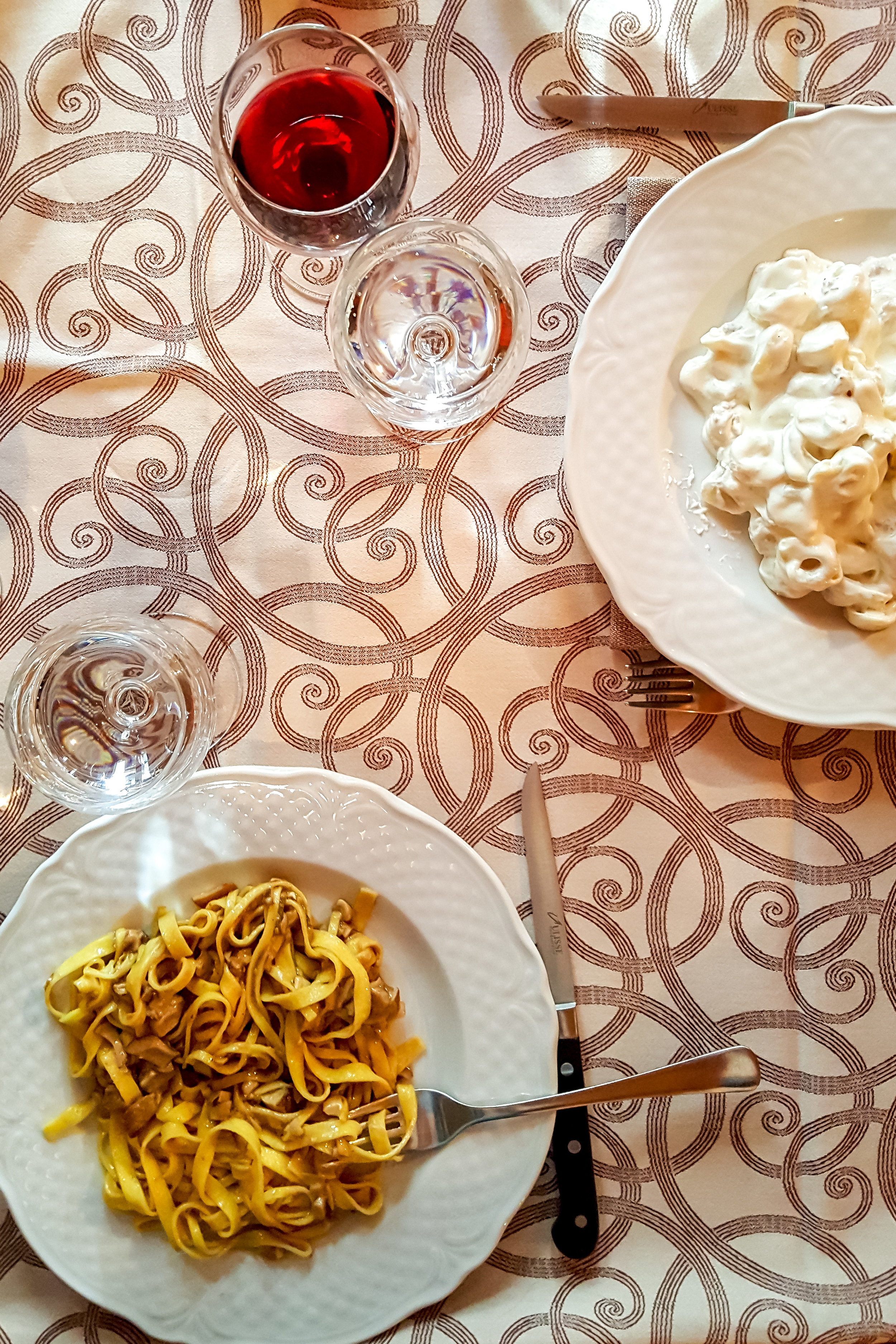



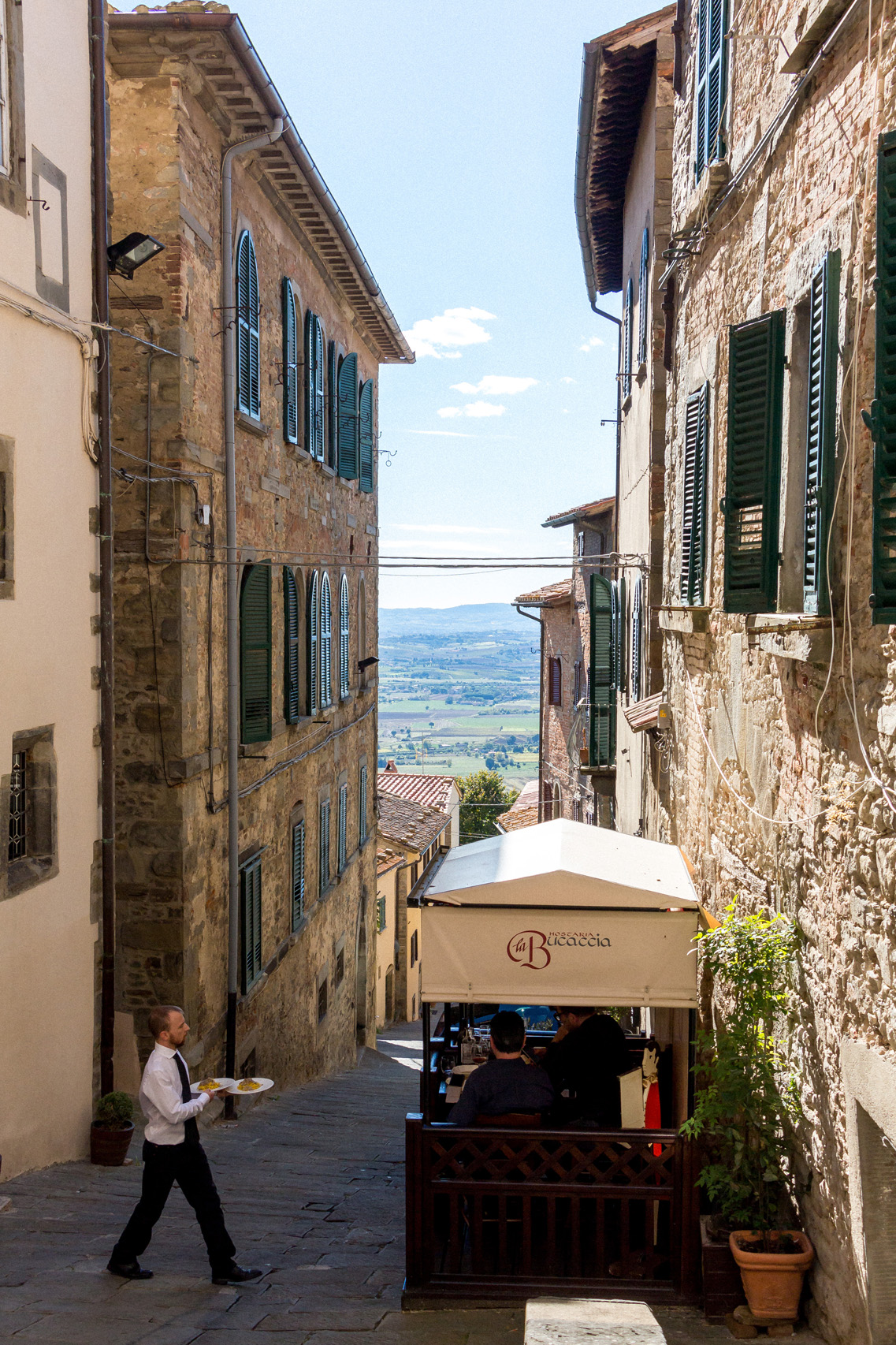
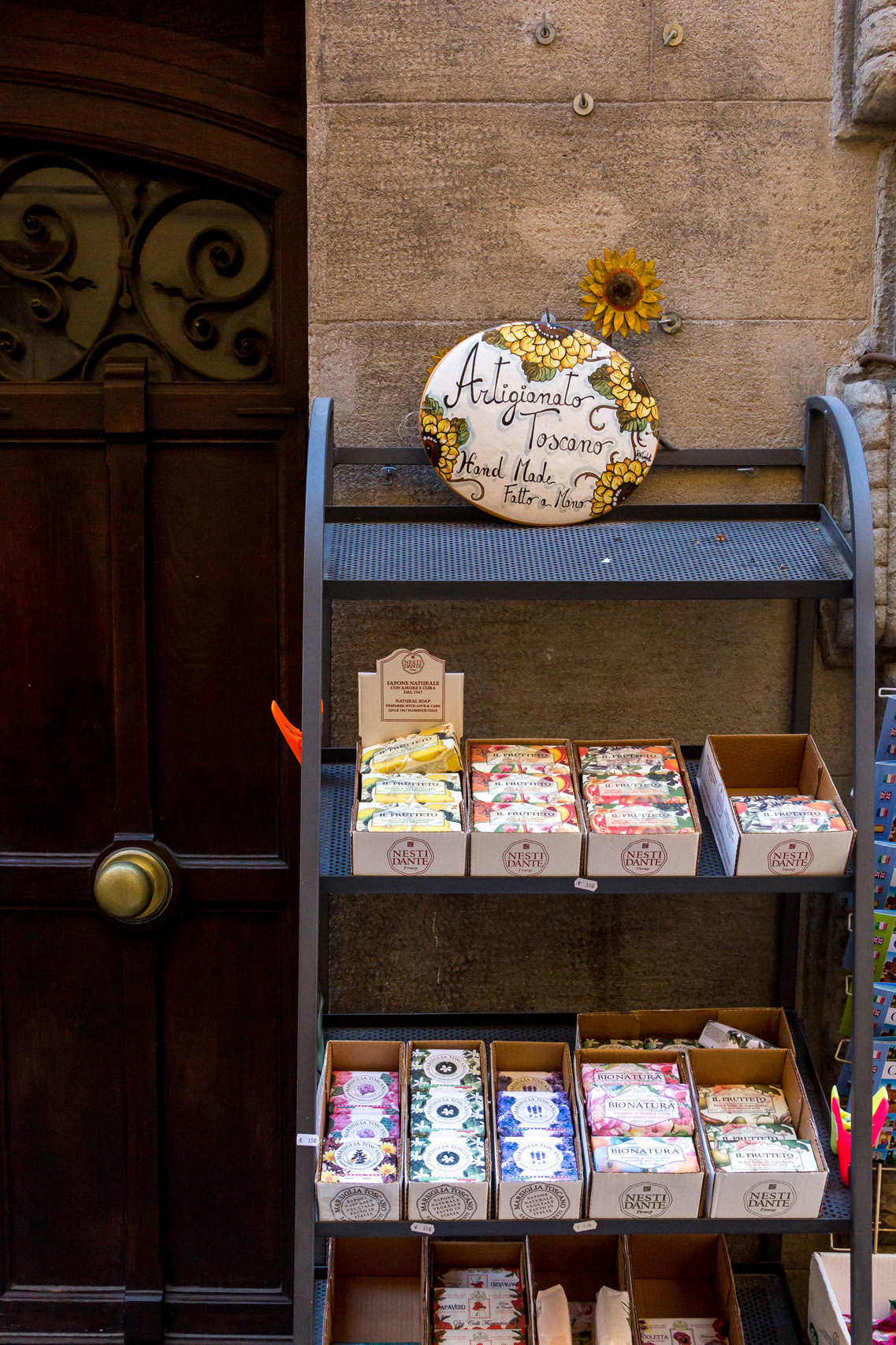


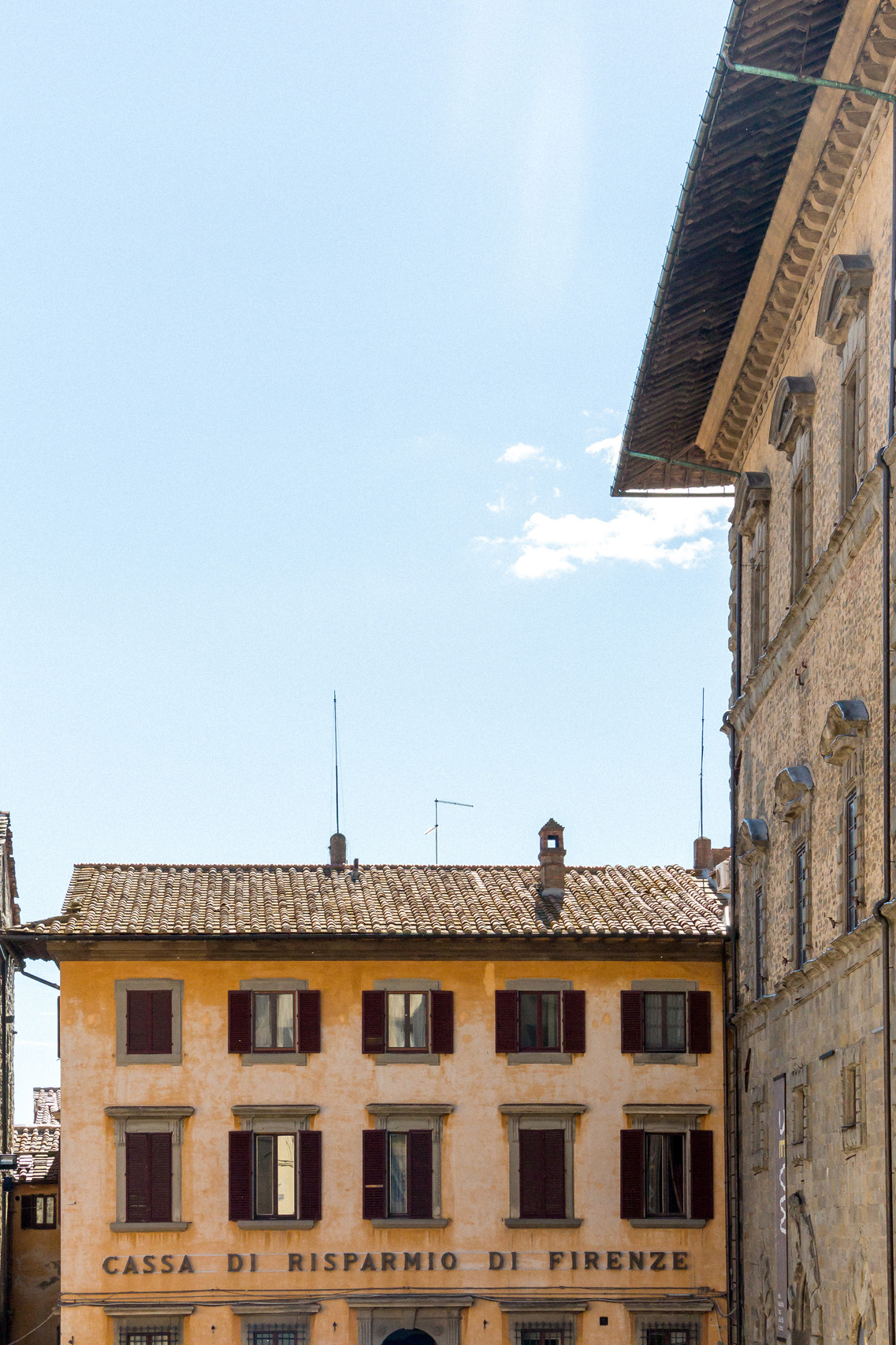
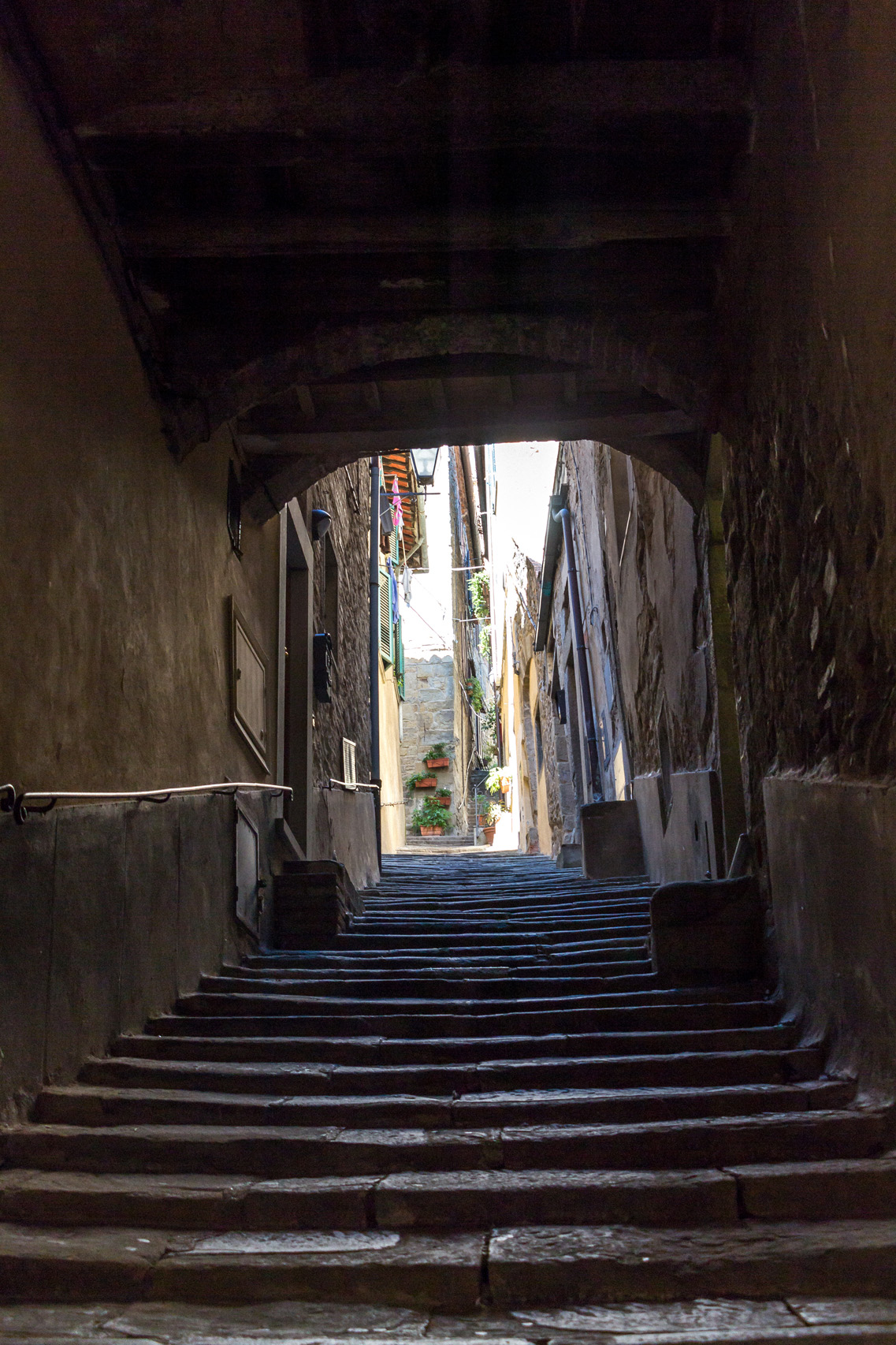





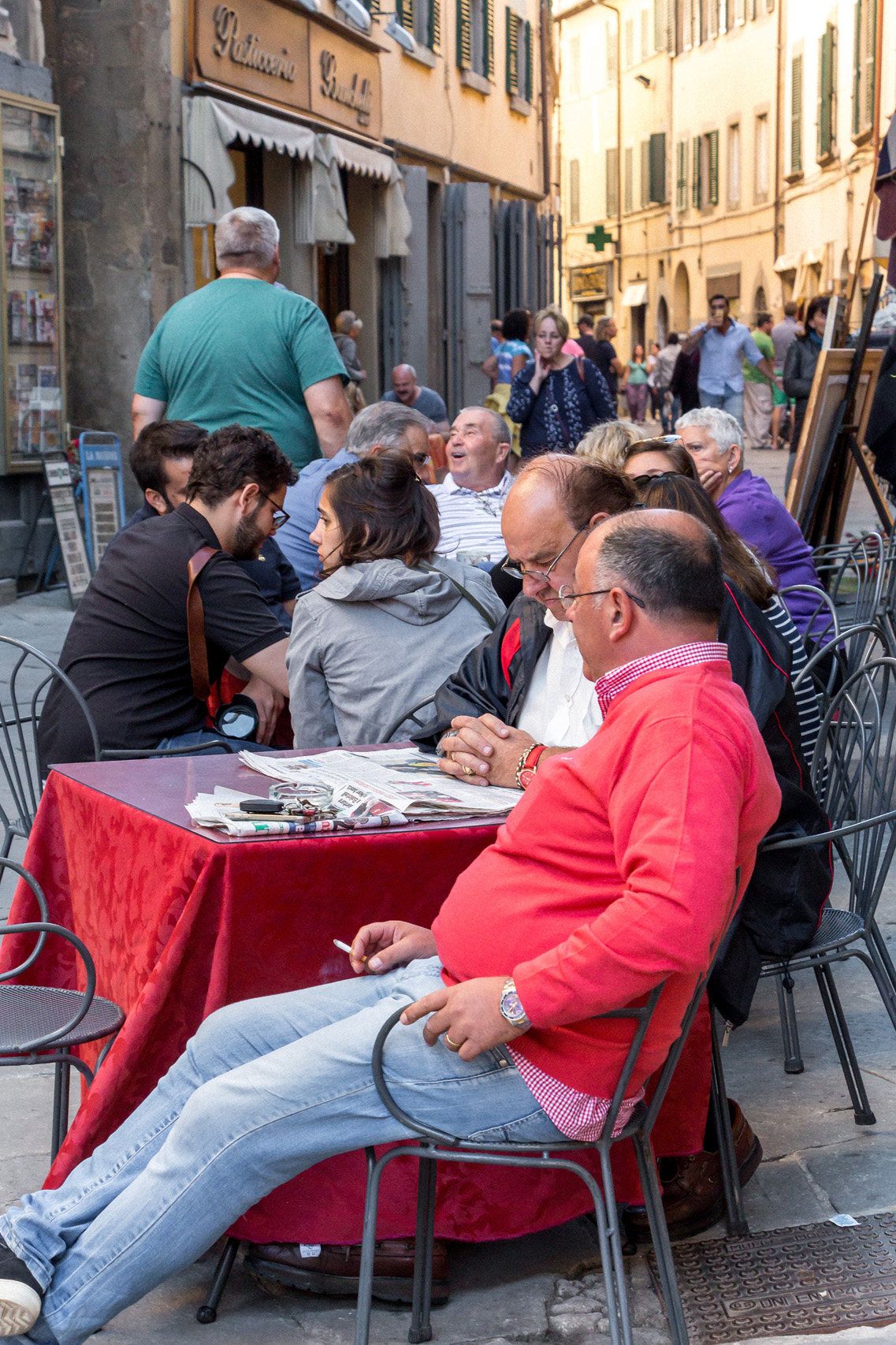
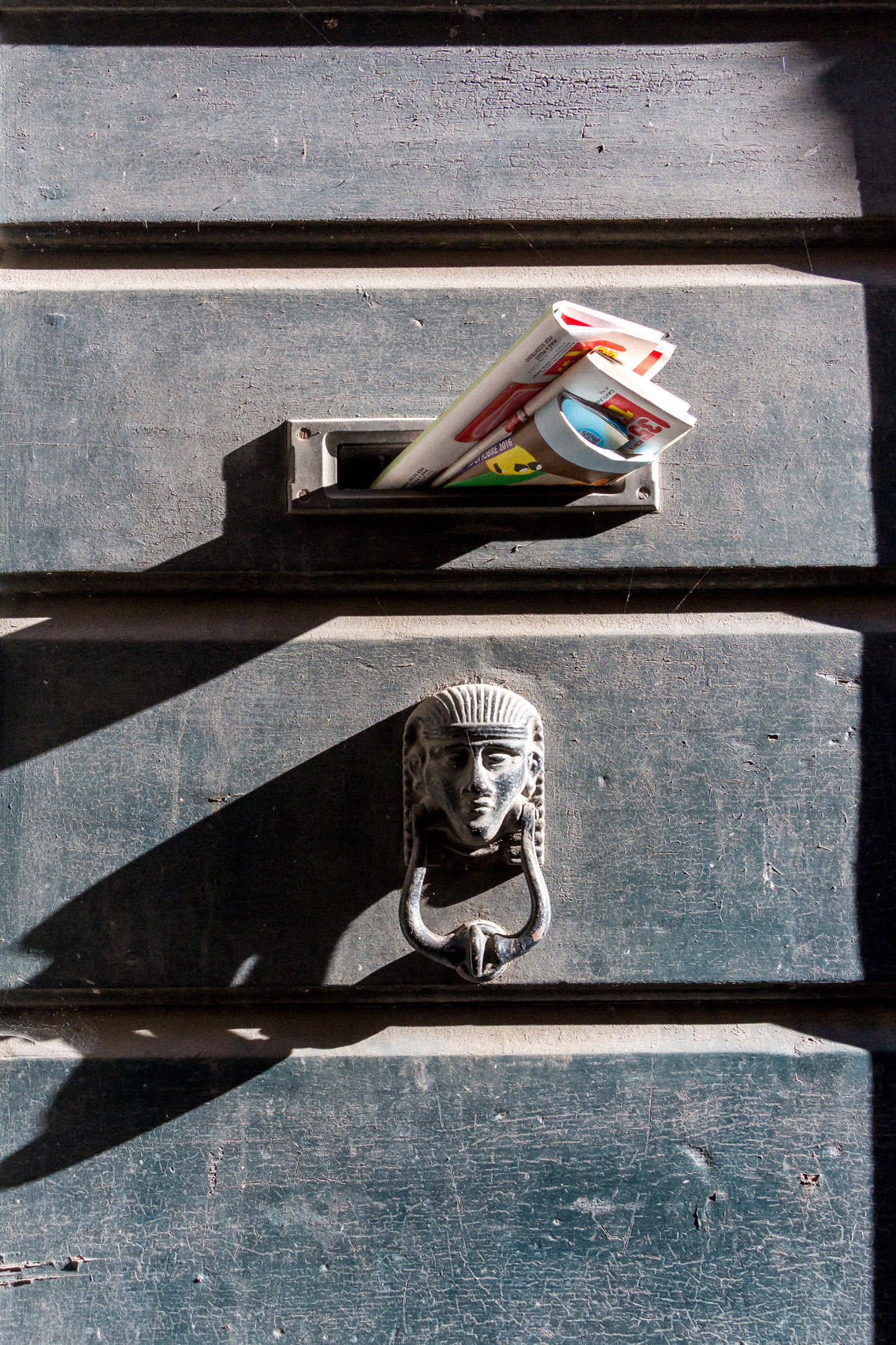

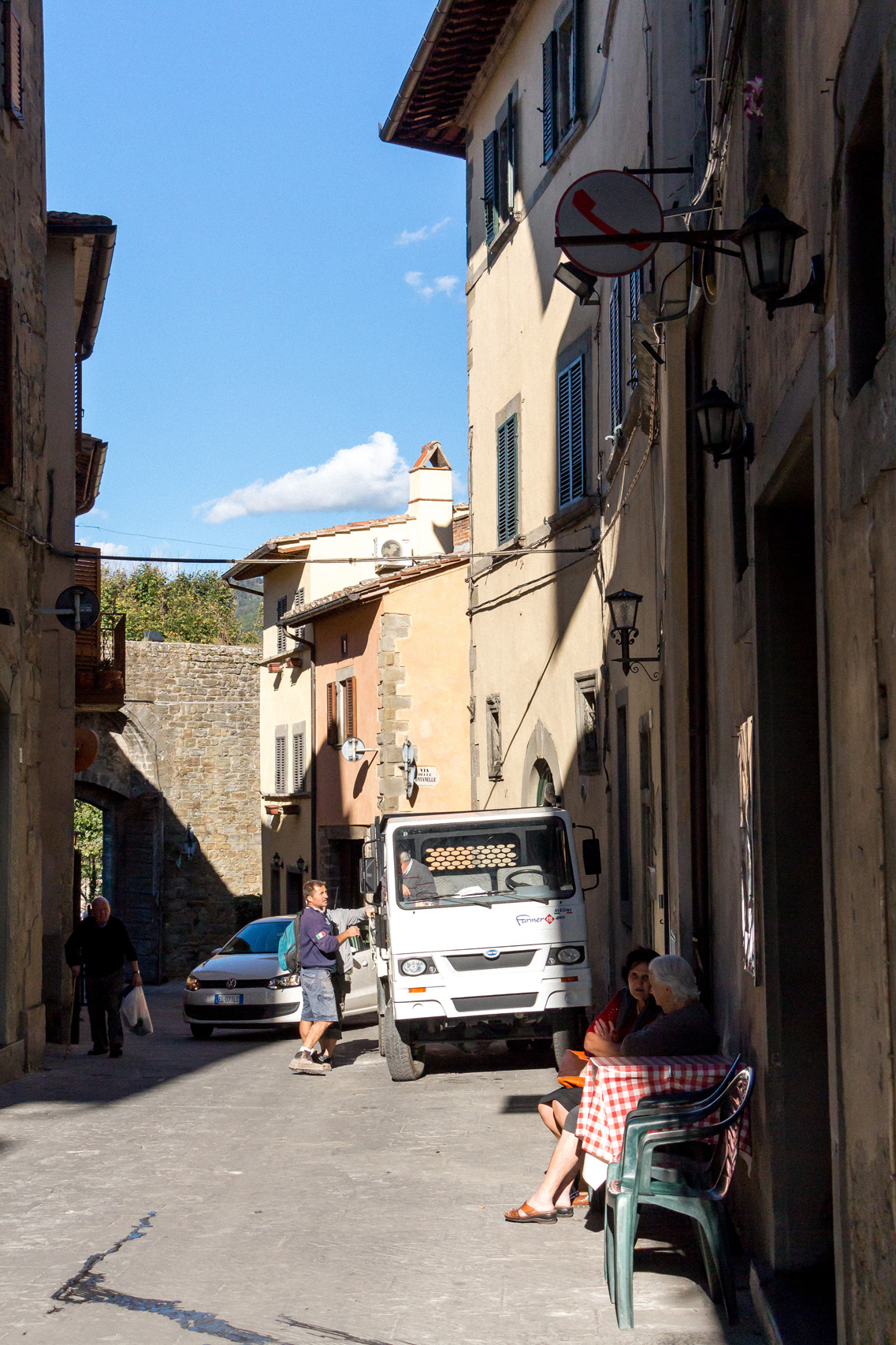
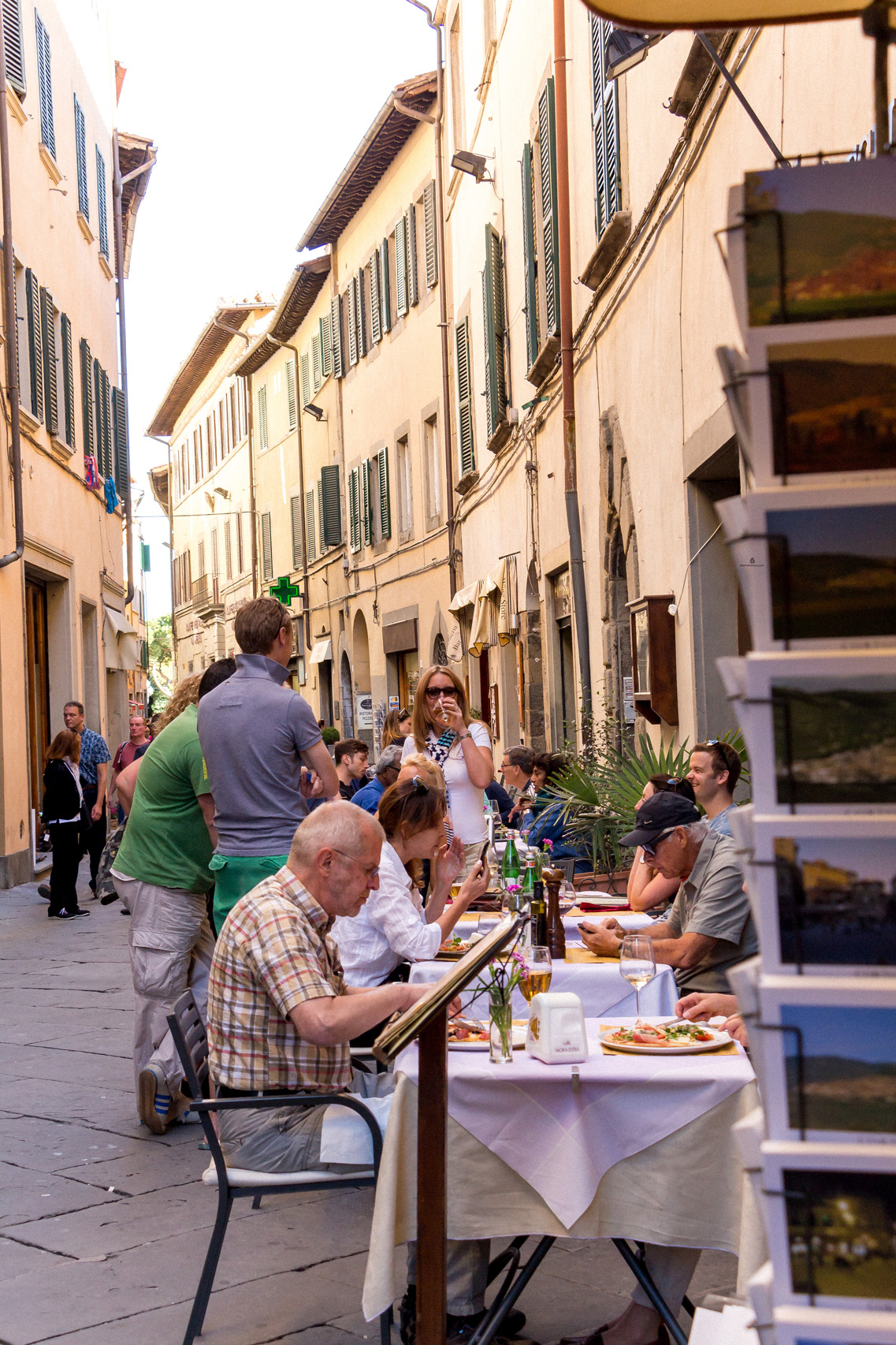











The next day we drove up and down the winding local road to Todi, passing through the fields, vineyards and olive groves, catching a glimpse of the town now and then. When we came to Todi, a thick fog (or was it a cloud?) covered the medieval main square like a blanket, making it look even more timeless. Without the bar and shop awnings and the modern clothing of the passers-by, it could have as well been the 16th century.